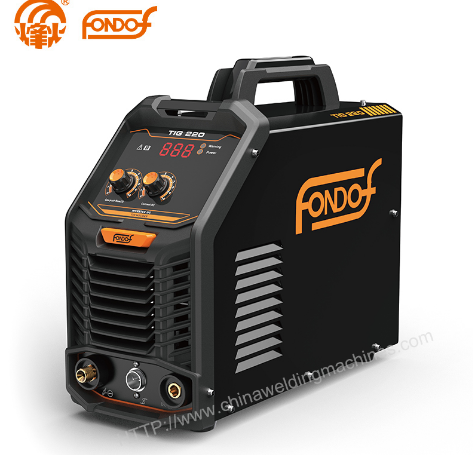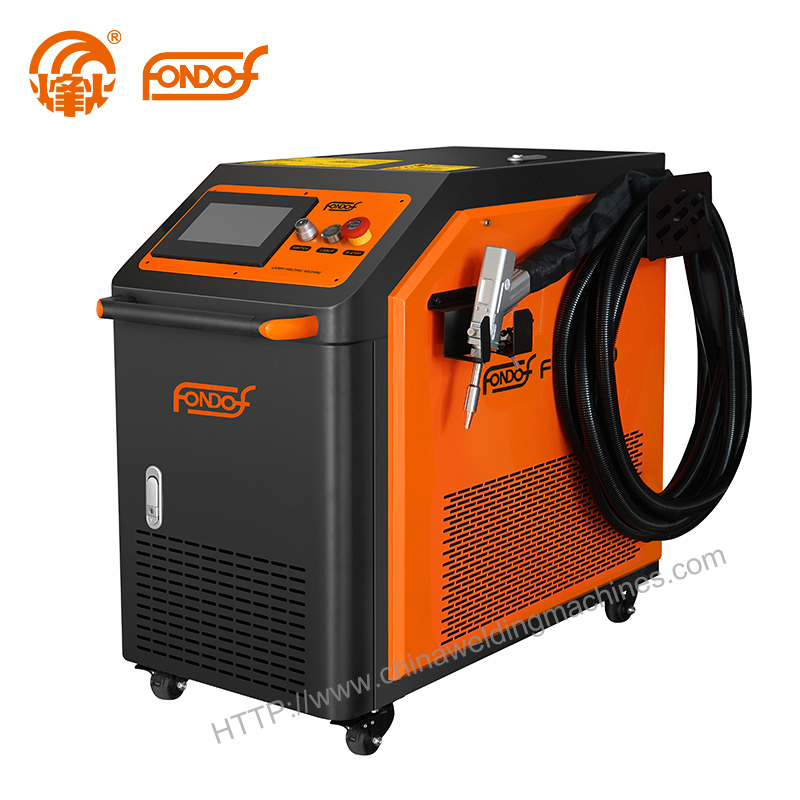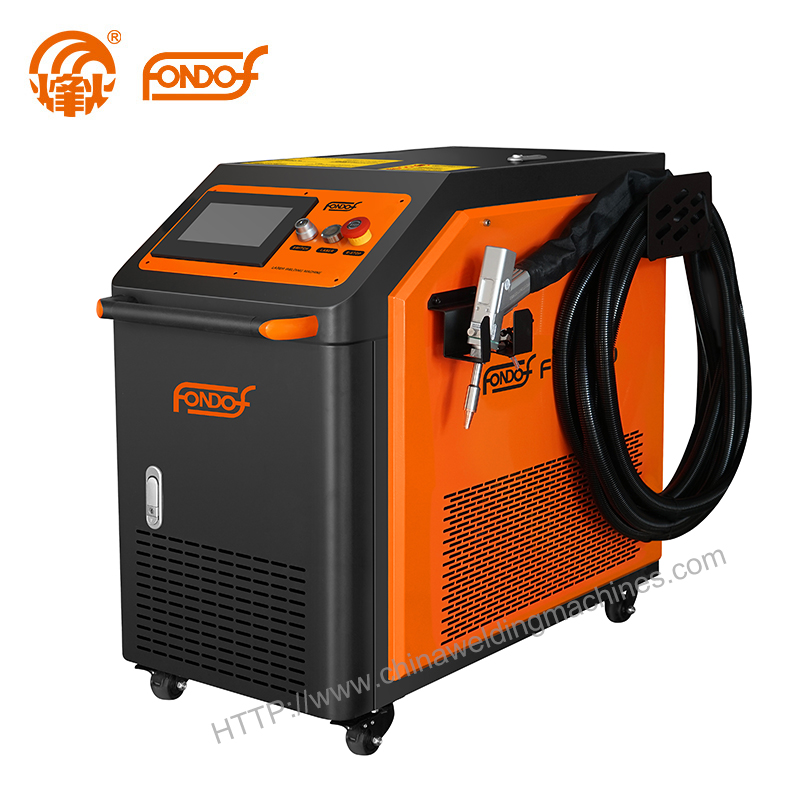How to Weld Aluminum: The Beginner's Guide
 Mar. 12, 2025
Mar. 12, 2025
Welding aluminum can pose challenges even for seasoned welders. Many often wonder if aluminum is weldable due to its distinct properties and requirements compared to welding steel. Acquiring an understanding of these differences is crucial to achieve successful welds across various projects.
Aluminum welding demands specific techniques and processes, making it essential to grasp these nuances for proficient work. Despite its difficulty, mastering aluminum welding is achievable with the right know-how and practice. Explore below to discover the ins and outs of welding aluminum, encompassing different welding types and essential tips for success.
The Complexity of Aluminum Welding
Aluminum stands as a popular fabrication material renowned for its non-corrosive nature, lightweight structure, and aesthetic appeal, rendering it ideal for diverse welding applications. However, its admirable traits also pose challenges during the welding process.
So, what makes aluminum challenging to weld? This metal possesses softness, extreme sensitivity, and is encased in a resilient oxidized layer. In its molten state, aluminum easily absorbs impurities, leading to porous and weak welds.
Aluminum and its alloys exhibit a strong affinity for oxygen. Pure aluminum's melting point sits at 1,200°F (650°C), while the oxide layer safeguarding the metal melts at a much higher temperature of 3,700°F (2,037°C). Eliminating this oxide layer before welding is crucial, given its significantly higher melting temperature compared to aluminum.
With higher thermal conductivity and a lower melting point, aluminum presents a narrower workable range than other metals, making burnthrough a common risk. Additionally, discerning weld progress and quality is more challenging with aluminum, contributing to its complexity in welding.
Key Challenges in Aluminum Welding:
1. Oxidation: The aluminum oxide layer atop aluminum demands high heat for penetration, while welders must avoid burning through the underlying aluminum.
2. Porosity: Aluminum's molten form swiftly absorbs hydrogen, which, upon solidification, can manifest as bubbles, compromising the material's integrity.
3. Impurities: Sensitivity to contaminants like air, dirt, or moisture during welding can affect aluminum's strength and appearance, necessitating thorough pre-weld cleaning and proper storage.
Despite the complexities, mastering aluminum welding is attainable with specialized tools and techniques tailored to address its unique characteristics. Acquiring proficiency in understanding aluminum's behavior and effectively utilizing these resources will pave the way to becoming adept at aluminum welding.
Mastering Aluminum Welding: Essential Steps and Safety Measures
The art of welding aluminum hinges upon selecting the appropriate welding process. While numerous tools and techniques cater to welding steel, aluminum necessitates its own unique approach and specialized equipment.
Prior to commencing the welding process, thorough cleaning of the aluminum is imperative. Given aluminum's heightened susceptibility to impurities, proper material preparation becomes pivotal. The following steps should be followed:
1. Employ a solvent like acetone or a mild alkaline solution, such as a robust soap, to eradicate oil, grease, and water vapor from the aluminum surface.
2. Utilize a stainless steel wire brush (dedicated solely for aluminum use) to eliminate surface oxides. Alternatively, a potent alkaline or acid can serve this purpose. Thoroughly rinse and completely dry the component before welding.
3. Assemble the joint and cover it if not welding immediately to prevent contamination from dirt or grit.
4. Maintain the aluminum in a dry environment at room temperature. It should ideally be welded within a few days; if not, re-clean the joint.
Safety remains a pivotal aspect when welding aluminum, or any material. Always don suitable protective gear including goggles, safety glasses, a welding helmet with an appropriate lens shade to shield your eyes, gloves and leathers to safeguard against metal sparks and splatters, appropriate footwear to protect your feet, and ensure proper fume ventilation to keep welding fumes away from your breathing zone.
Welding Aluminum: Techniques and Best Practices
Welding aluminum presents its challenges, but different methods offer feasible solutions to achieve quality welds. While stick welding is an option, more commonly preferred methods include alternating or DC TIG welding (GTAW) and MIG welding (GMAW).
Stick welding, though not the primary choice for aluminum welding, does have its advantages. It offers flexibility by not requiring a shielding gas and can work effectively on rusted or painted metal workpieces.
Understanding the variety of aluminum welding methods is crucial:
GTAW/TIG Welding:
Gas tungsten arc welding (GTAW), or Tungsten Inert Gas (TIG) welding, stands as a popular choice for aluminum welding. It's favored by automotive enthusiasts and professionals in racing teams.
GTAW necessitates constant current equipment with AC (alternating current) capabilities and employs 100 percent argon as a shielding gas. It doesn't involve mechanical wire feeding, reducing potential feedability issues.
The welder manually feeds the filler material into a puddle, ensuring a clean process. The alternating current effectively cleans the oxidized layer off aluminum during welding, preventing contamination.
TIG Welding Tips:
Select an appropriate tungsten electrode (usually a pure tungsten rod for aluminum).
Prep the aluminum thoroughly by cleaning and preheating it.
Control the argon flow at the torch to maintain an even arc.
Use a heat sink to prevent warping.
Keep the aluminum filler electrode or rod free of contaminants to create a consistent welding puddle.
GMAW/MIG Welding:
Gas metal arc welding (GMAW), commonly known as Metal Inert Gas (MIG) welding, is another prevalent method for aluminum welding.
MIG welding typically offers faster travel speeds and higher deposition rates compared to TIG welding but utilizes a mechanical wire feeding system, often requiring a spool gun or push-pull gun for wire feeding.
To avoid aluminum porosity, ensure both the base material and filler rod are clean and moisture-free, with adequate shielding gas coverage, typically pure argon.
MIG Welding Tips:
Prepare the push-pull wire feed.
Clean and remove oxide from the aluminum before welding.
Avoid pulling while welding; instead, maintain a slight pushing angle.
Use multiple straight beads in passes to enhance appearance and prevent defects.
Employ a heat sink to regulate excess heat, allowing for a slower welding pace.
Key Mistakes to Avoid When Welding Aluminum
Now that we've discussed various aluminum welding techniques, it's essential to highlight common errors to steer clear of when working with this metal.
Avoiding a "one-size-fits-all" approach: Welding aluminum requires a distinct methodology compared to steel or other metals. One mustn't rely solely on experience with other materials, as aluminum poses unique challenges and risks if not handled appropriately.
Neglecting proper Personal Protective Equipment (PPE): Welding any material, especially aluminum, involves inherent risks. It's vital to wear the correct PPE and acquaint oneself with safety protocols. Prioritizing safety ensures a prolonged and successful career in the welding industry.
Lack of preparation: Adequate preparation is fundamental—for both the welder and the aluminum being welded. Thoroughly cleaning and storing aluminum correctly before welding is crucial. Additionally, educating oneself about aluminum welding techniques is pivotal. Avoid rushing into the process without sufficient preparation.
Overlooking minor details: Attention to detail is critical in welding. Even minor oversights can lead to significant errors, particularly in aluminum welding. Diligently observe and double-check your work, ensuring precision, which ultimately benefits both customers and your professional reputation.
Impatience: Welding aluminum demands patience and persistent practice. Mastery in aluminum welding takes time. Maintain dedication to practice; perseverance will yield rewarding results in the long run.





























